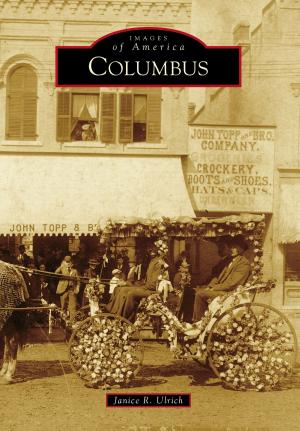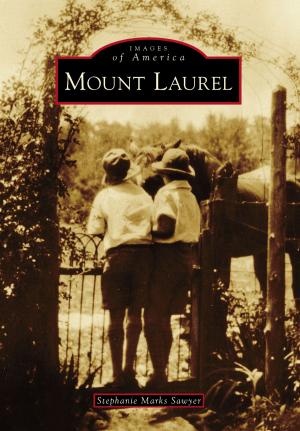| Author: | Leslie Paulson Stryker, Crazy Mountain Museum | ISBN: | 9781439623176 |
| Publisher: | Arcadia Publishing Inc. | Publication: | May 4, 2009 |
| Imprint: | Arcadia Publishing | Language: | English |
| Author: | Leslie Paulson Stryker, Crazy Mountain Museum |
| ISBN: | 9781439623176 |
| Publisher: | Arcadia Publishing Inc. |
| Publication: | May 4, 2009 |
| Imprint: | Arcadia Publishing |
| Language: | English |
Big Timber, watched over by the Crazy Mountains of Southwest Montana, has always been named for its natural surroundings. Big Timber was originally founded in the late 1800s. An Irish immigrant named the settlement Dornix, from the Gaelic word �durnog,� which when translated means �a rock that fits in the hand and is handy for throwing,� and there are indeed many such rocks around the region. In 1883, however, when complications with the railroad forced the town to move to its present-day location, it was renamed Big Timber, for the grand and plentiful cottonwood trees along the banks of the nearby Boulder and Yellowstone Rivers. Pioneers began arriving in earnest around 1890, bringing with them sheep, and by 1892, Big Timber was among the world�s largest exporters of wool. Later, when a fire devastated the town, the community stood together to rebuild.
Big Timber, watched over by the Crazy Mountains of Southwest Montana, has always been named for its natural surroundings. Big Timber was originally founded in the late 1800s. An Irish immigrant named the settlement Dornix, from the Gaelic word �durnog,� which when translated means �a rock that fits in the hand and is handy for throwing,� and there are indeed many such rocks around the region. In 1883, however, when complications with the railroad forced the town to move to its present-day location, it was renamed Big Timber, for the grand and plentiful cottonwood trees along the banks of the nearby Boulder and Yellowstone Rivers. Pioneers began arriving in earnest around 1890, bringing with them sheep, and by 1892, Big Timber was among the world�s largest exporters of wool. Later, when a fire devastated the town, the community stood together to rebuild.















